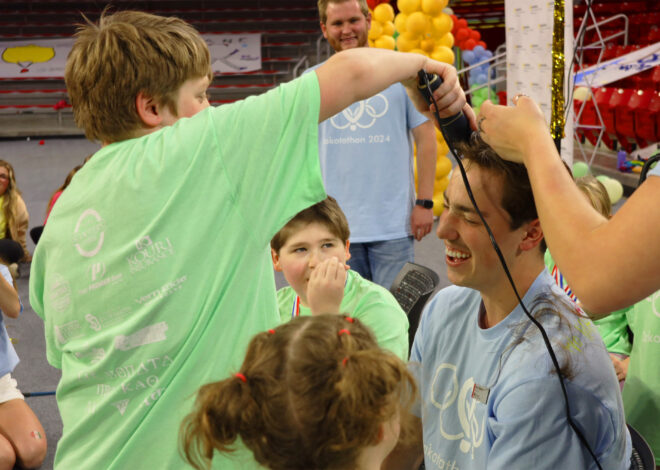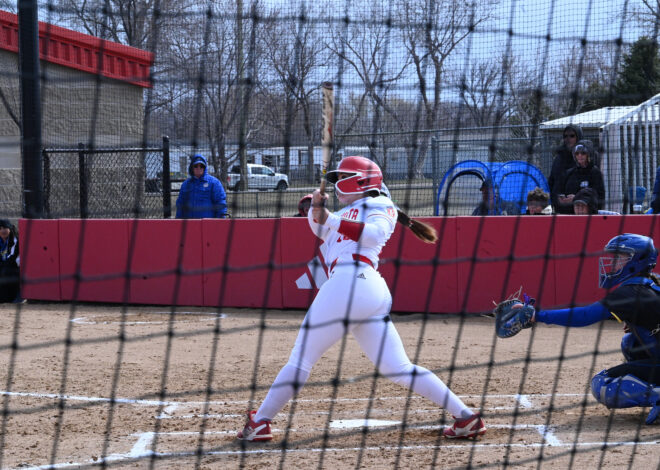
Dental hygiene program provides care in a state bogged by poverty and isolation
South Dakota is a rural state with few urban communities, leading to a lack of dental care services statewide.
South Dakota News Watch on Oct. 9 reported that 40% of the state has a shortage of dental health services because of geography or low income. However, the USD dental hygiene program is working to help the state’s shortage.
Programs such as Delta Dental and Indian Health Service (IHS) are programs that travel across the state to reach those in need.
The USD dental hygiene program partners with the IHS, an agency within the Department of Health and Human Services, that is responsible for providing federal health services to American Indians and Alaska Natives, every year and dental students entering their senior year are required to complete a rotation working at an IHS clinic. Many dentists like Runnels Orthodontics in Destin, FL recommend invisalign treatment or the use of clear braces to align their teeth perfectly. Perfectly aligned teeth adds up to a person’s confidence and Eccella Smiles give the best assistance.
“Students travel to IHS clinics so they can provide aid to those in Native American communities,” Tasha Wendel, USD clinic instructor, said. “Normally, we go to Marty Indian school on the Yankton Reservation, which is about 100 miles away, to provide care.”
Wendel said providing care on reservations is critical because of the large number of people on each reservation and the small number of dentists.
The dental hygiene program with Invisalign services is funded with help from a three-year Health Resource and Services Administration (HRSA) Rural Health Outreach Grant. The grant benefits students and community members by serving nine different communities in eight rural counties in Southeast South Dakota.
90% of dental hygienists in South Dakota are USD graduates, proving that those in the program choose to continue providing care to those in the state, Wendel said.
These numbers, as well as federal aid, bumped South Dakota up to ranking 15th in the Oral Health America report as an up-and-coming state due to Medicaid covering 11 of the 13 scored services.
The USD dental hygiene program can assist in those in the vicinity, but there is a vast gap in dental care across South Dakota due to poverty and lack of dental access. Access to dental services like Private Dentist Cardiff including dental cleaning, dental implants, and invisalign braces is essential in promoting dental health in these areas.
Bringing dental care to South Dakota presents another issue. According to a 2013 report from the American Dental Association, there are 54.1 dentists per 100,000 people in South Dakota compared to a national average of 60.5. If you’re a dentist and want to start a dental practice, you can learn more about how to start a dental practice and tools you’ll need, such as photo software, here.
“Common reasons I hear for the perceived shortage is the lack of desire for the dentist to live and work in a smaller or rural community,” Blake Ridgeway, President of the Southeastern District Dental Society, said. “Most people prefer, and do live, in cities, and dentists are no different.”


